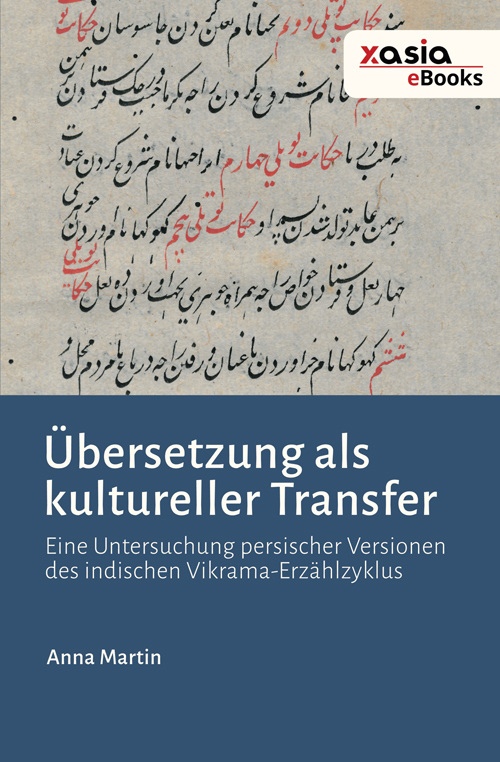
How to Cite
License

This work is licensed under a Creative Commons Attribution-ShareAlike 4.0 International License.
Identifiers
Published
Übersetzung als kultureller Transfer
Eine Untersuchung persischer Versionen des indischen Vikrama-Erzählzyklus
The Indian king Vikrama embodies the ideal type of a just and generous ruler. We find tales about him in different Indian languages. Persian versions emerged during the sixteenth century, when the Persian language was one of the many literary languages and also functioned as administrative language in India. By the 19th century, the Vikrama stories had been translated into Persian several times.
This study examines a 17th century Persian adaptation of the Vikrama story called the Kišanbilās („Kišan’s dalliance“) by an author named Kišandās. Other Persian renderings of the Vikrama stories are also discussed for comparison. Kišandās’ rendering is here analyzed according to its alignment with Sanskrit recensions with a focus on translation and editorial strategies as well as a specimen of Persian narrative prose in terms of its genre affiliation and adaptions made for an intended audience.








